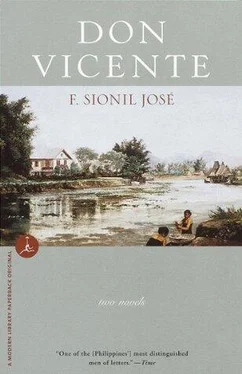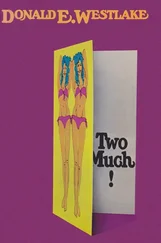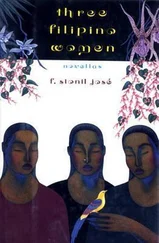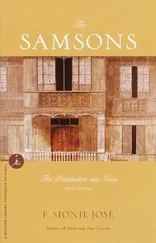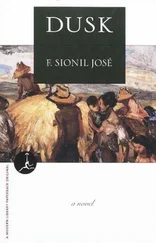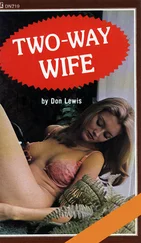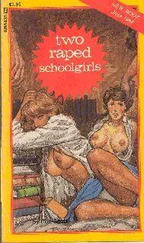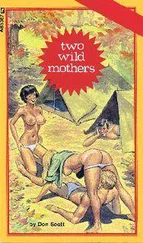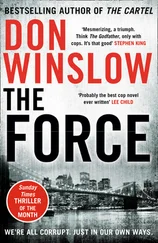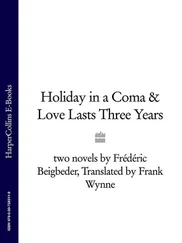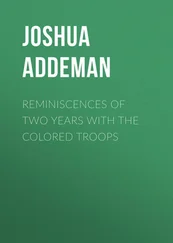But all these do not really add up to the greater malaise that permeates the Filipino literary life: the seeming irresponsibility of many toward our own society and, therefore, to the great themes in art itself. These themes are, in a sense, unchanged since Rizal’s time — the disparity between the countryside and the city, the poverty of the masses and the sickening affluence of a few.
Our critics abroad and at home who hear this complaint often conclude that we are utopians. Indeed, the utopia as we understand it is far removed from Plato’s Republic or from Thomas Moore’s definition; most of the time, all that we desire are clothes for our people, three meals, potable water, garbage collection, education for the children. There is nothing utopian about needs as basic as these.
Some of our writers have recognized this, but others have shied away not only from this truth but from the other truths of society. If they had not done so, there should be a great novel on rural life, on the peasant revolts that have shaken up the countryside intermittently all through the Spanish regime and up to the present. By extension, there should be other novels on the Japanese occupation, not just Stevan Javellana’s Without Seeing the Dawn and Edilberto Tiempo’s Watch in the Night . To this day, one of the best literary documents to come out of the Huk experience is The Forest by William Pomeroy. There is reason enough for many of us to disagree with Pomeroy’s ideology, but there can be no quarrel about the literary validity of his book, which recounts his life as a hunted man.
Commitment — again, one of those megaton words loosely used in the Philippines today. To what or to whom must the artist be committed? Certainly to his art, first and foremost, because he will survive only to the degree that he is devoted to his calling. Beyond his craft, this art, is that transcendental rationale that constitutes all art. Different societies have described it according to their lights, but I would borrow the famous fifth-century Chinese critic Hsieh Ho’s first principle, that it is the concept of “spiritual energy which animates all things.” Though fundamentally metaphysical, it may well be — for those of us who are not Buddhists or Taoists — the belief that in contemporary terms must have sustained Solzhenitsyn through the bleakness of Soviet disapproval. It could well be ideology, too, though nothing as pedestrian as rightist or leftist or even nationalist. It is, after all, the inner strength which finally enables the cripple to rise, the spirit which renders the impossible easy to contemplate, the vision which arms the artist in his demolition of the reality that suffocates him and replaces it with his own truth as only truth can liberate.
Many of us have searched for this truth, this vision, but because we have missed it, we are creating a culture that is not just derivative, but one that makes a mockery of decency and makes our collective death wish loom real and near. This theme is epitomized in E. P. Patanñe’s classic story, “The Bomb.” The fisherman in the story could be any Filipino, and like most fishermen in our country, he has dived to the depths where the American navy dumped many bombs after World War II. He brings up one such bomb, and with primitive implements proceeds to open it to extract the gunpowder that he will then use to dynamite the water and kill the fish.
Many fishermen have been blown up with just one mistake. Whole neighborhoods — as attested to by our newspapers — have been wiped out. The fisherman knows this, his wife knows this, and this most memorable story ends with the fisherman trying to open the bomb — but around him are his wife and children.
Life is absurd — if it should end, let it end for us all. We can extend this fatalism to almost every Filipino aspect of life. We have denuded our forests for the Japanese plywood industry. In so doing, we have also removed much of our watershed; the mountains are bald, and our reservoirs will soon dry up or will be rendered useless with silt. Floods ravage the fields, and money that should go for dams goes into the pockets of the elite. We went through notions of free elections but ushered into office evil men. We exhort the young but our youth are as corrupt as the leaders they criticize.
Our revolutionary elite was bought by the Spaniards at the Pact of Biak-na-bato; the Japanese did the same and so did the Americans, who gave them high positions, annual proffers of sugar quotas. Our writers can be enthralled by the blandishments of power, social position, adulation. Under Marcos, some became speechwriters, propagandists. It is easy to rationalize this sellout by saying that they have to live. But one can live as a baker, the way the poet G. Burce Bunao elected to become before he left for America as an exile, or as a merchant of folk art and handbags like the short-story writer Gilda Cordero Fernando.
Today, as in the recent past, I tell my writer friends to leave if they have the opportunity to do so, to work elsewhere where their imagination can be given free rein, where the obdurate demands of living do not obstruct the free will, knowing as I do that the spirit of inquiry, without which the literary imagination would shrivel and die, was stilled by Marcos.
In December 1958 a hundred writers met in the mountain city of Baguio and argued about the writer’s responsibility to the country, never about the government’s or the state’s responsibility to its citizens. The theme of the PEN-sponsored conference was “Nationalism and the Filipino Writer.” A tenacious group of “committed” writers felt that literature must be nationalist or be damned as useless. They argued that the writer, if need be, write propaganda for social change.
This is, of course, extremely understandable. One of the greatest dilemmas that confront our writers is how to be useful to a society undergoing traumatic change.
Some of the vociferous propagandists of that meeting became powerful members of the Marcos government. Did conditions change merely because a few writers opted to work for the dictator?
“No artist,” said Nietzsche, “can tolerate the real.”
Indeed, Nietzsche confirms only too well the artistic sensibility, the fact that the artist is the perpetual rebel seeking that elusive truth, or beauty, or perfection, although these may never be, for as a Chinese sage once said, “I searched and searched for the truth and in the end found there was no truth.”
accesorias
Apartments; literally “outbuildings.” Word used widely until the 1950s.
Amarillo
Orange-colored flower, or orange; literally “yellow.”
anisado
Aniseed wine.
aparador
Wooden cabinet for clothing.
Apo
Respectful form of address.
areglados
Agreements, “done deals.”
arroz caldo
Chicken and rice soup.
con gallina
asado
Pork cooked in a reddish, savory sauce.
aswang
Malevolent night creature, half woman, half bird.
azotea
Roofless area attached to the rear of large homes.
bagoong
Salted fish sauce.
Bagos
Non-Christian mountain people.
banca
Wooden boat usually hewn from one tree trunk.
bangus
Milkfish.
barong tagalong
Loose-fitting, long-sleeved shirt — the national dress of the Philippines for men — made from gauzy pineapple-fiber fabric, often embroidered on the collar and facing.
Читать дальше
